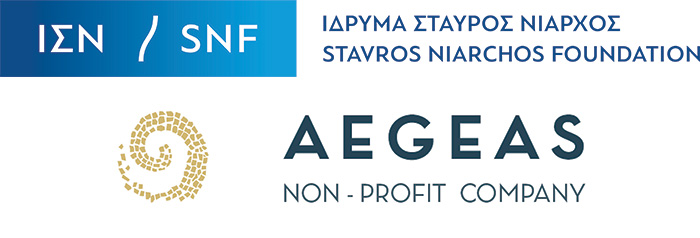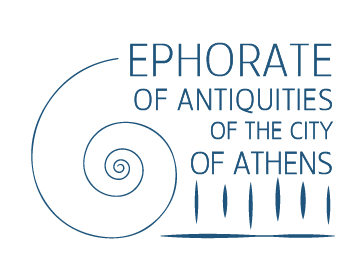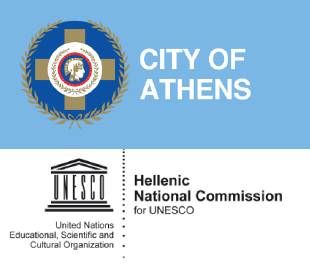

MAPPING ANCIENT ATHENS
Our knowledge of the built environment of ancient Athens is primarily based on monuments preserved within archaeological sites, which are both well-recognized and extensively studied (e.g. the Parthenon and the Ancient Agora). But what was the fabric of the ancient city? What have large-scale public works excavations and the hundreds of smaller interventions on private plots uncovered? To shift the focus of research to the so-called rescue excavations and urban archaeology, Dipylon has created an original web platform based on open-source software to preserve and disseminate the fragmented archaeological wealth of Athens. The platform is regularly updated with new research data by keeping track of the publications of excavation reports in archaeological journals and conference proceedings.
During the first phase of the project (2018–2022), mapping covered 6.7 sq. km of urban space within the boundaries of the Municipality of Athens. This area corresponded to the part of the ancient city enclosed by the Themistoklean and Valerian Walls, along with a 500‑meter‑wide outer zone surrounding both fortifications. In the second phase (2023–2025), the mapped area was expanded to include regions northwest of the city center, reaching as far as Plato's Academy and the Kifissos River, and southwest toward Piraeus and Phaleron. Thus, the newly mapped area now spans 63.9 sq. km, encompassing the municipalities of Athens and Piraeus and the intermediate areas of Tavros, Moschato, Kallithea, and Agios Ioannis Rentis.
For the first time in the history of research, 170 years of archaeological interventions in the city have been recorded in a bilingual (Greek-English) geospatial database. This database contains 2,380 excavated sites, 1,024 plans, and 2,600 bibliographical references. Utilizing Geographical Information Systems (GIS) and related internet technologies such as web mapping, the archaeological and geospatial data have been integrated to create the first digital map of the historical topography of Athens and the intermediate areas up to Piraeus. The webGIS platform allows users to perform simple or advanced searches based on the type and chronology of archaeological remains. This information is now available to anyone interested in tracing the past of the "invisible" Athens, from antiquity to the modern era.
The project "Mapping Ancient Athens" is implemented in collaboration with the Ephorate of Antiquities of the City of Athens, operates under the auspices of the City of Athens and the Hellenic National Commission for UNESCO and is made possible through the generous support of the Packard Humanities Institute (PHI), the Stavros Niarchos Foundation (SNF) and the Aegeas Non-Profit Civil Company.
Click on the following links to enter the project website and the digital map, created by Dipylon.
SUPPORTERS

UNDER THE AUSPICES OF


